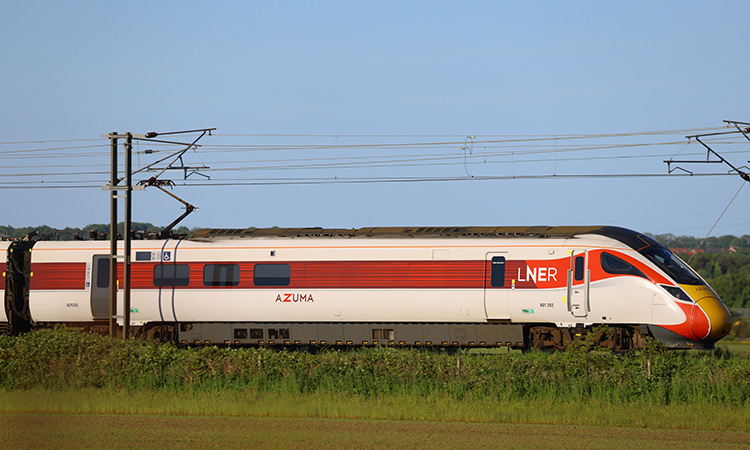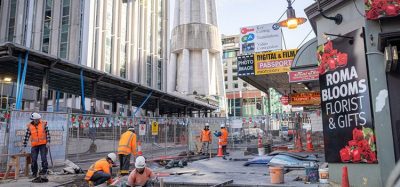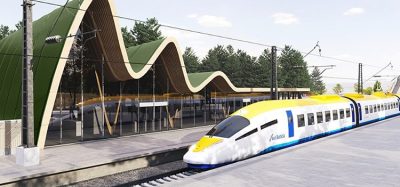Network Rail, LNER, CrossTech and Hitachi Rail collaborate on digital asset monitoring trial
Posted: 15 July 2024 | Global Railway Review | No comments yet
The 12-month trial uses AI-equipped forward-facing CCTV cameras to enhance real-time digital asset monitoring and improve safety on the East Coast Main Line.


Credit: Hitachi Rail
Network Rail, LNER, CrossTech and Hitachi Rail are collaborating to trial an advanced digital asset monitoring system designed to observe the natural environment and track infrastructure, including vegetation and embankments. This initiative aims to enhance safety and efficiency by detecting potential hazards in real-time.
The new forward-facing CCTV camera (FFCCTV), equipped with the latest artificial intelligence (AI) camera sensor technology, has been installed inside the driver’s cabin of an LNER Azuma train. The 12-month trial, which began in May 2024, is a significant step towards digitising infrastructure monitoring and maintenance on the East Coast Main Line.
The FFCCTV system enables the automated detection of potential hazards such as overhanging trees, leaves on the track and embankment subsidence. This proactive approach to maintenance helps pinpoint areas needing attention, potentially reducing incidents and delays. Network Rail previously estimated that vegetation-related issues alone could cost up to £3 million annually in the Southern region.
CrossTech, a UK SME and an AI technology success story for Network Rail, developed the computer vision technology used in the FFCCTV system. The data collected from the forward-facing camera is monitored live, providing crucial insights for maintenance teams. Hitachi Rail, leveraging its digital expertise, has supported the integration, operations and customer interface of this solution.
Birmingham Centre for Rail Research and Education hits half a century
Johanna Priestley, Route Engineer at Network Rail, said: “Vegetation is the only living asset on the railway network and as such understanding the potential risk to trains is ever changing. Using forward facing footage allows us to ‘see’ from the driver’s perspective. We can use this technology to understand where vegetation is encroaching on the operational railway and at risk of making contact with either trains or fixed infrastructure such as overhead electrified wires. We can also identify where vegetation growth has compromised the driver’s view.”
Linda Wain, Engineering Director at LNER, said: “At LNER, we are always looking at how we can further enhance our performance and innovate to provide our customers with an even better experience when travelling with us. We are delighted to be working with our industry partners on this digital trial, with technology fitted in the train cab that will provide real-time information and updates on infrastructure, helping to highlight any potential issues.”
The FFCCTV is part of a broader suite of Hitachi’s digital asset monitoring solutions that includes live monitoring of tracks, overhead lines and the trains themselves. These integrated digital solutions aim to modernise railway monitoring, ensuring safer and more efficient operations.
The trial’s outcomes will guide future maintenance optimisation on the East Coast Main Line, reflecting a collaborative effort to leverage cutting-edge technology for the benefit of the rail industry and its passengers.
Related topics
Artificial Intelligence (AI), Digitalisation, Infrastructure Developments








